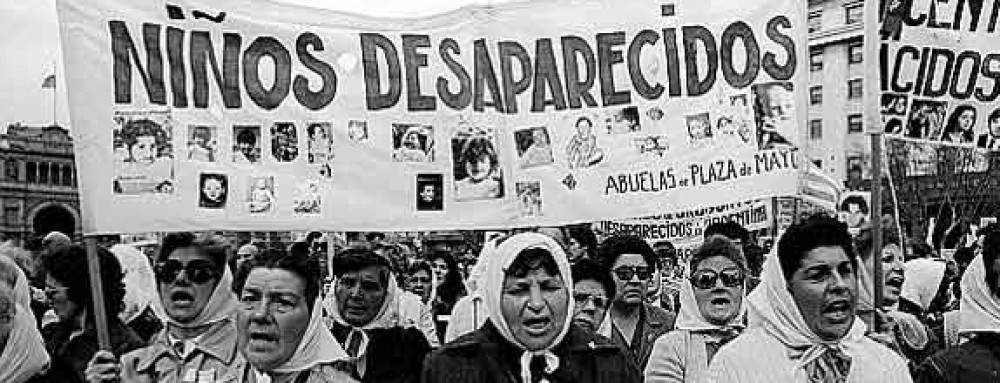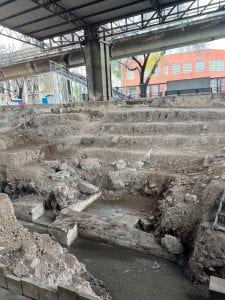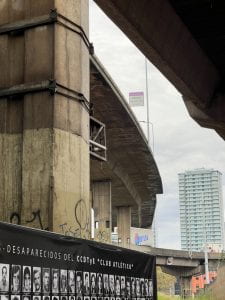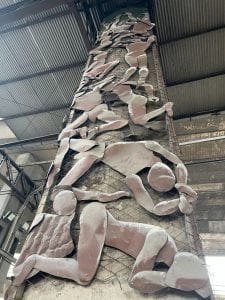Visiting the Club Atlético secret detention center in Buenos Aires was a haunting and thought-provoking experience, particularly due to the striking juxtaposition of its grim history and its current location beneath a noisy highway. This combination of historical significance and present-day surroundings created a profound and disconcerting atmosphere. As we approached the site, the ambient noise from the highway above served as a constant reminder of the bustling urban life continuing just overhead. The contrast is stark, with the energetic flow of traffic standing in contrast to the history once concealed beneath the ground.
For me, this visit served as a powerful reminder that beneath the surface of everyday life, there can lie hidden stories of pain, suffering, and injustice. The clash between the bustling highway and the solemnity of the clandestine detention center prompts contemplation about the coexistence of past atrocities and the vibrant present-day city. It forces visitors to confront the unsettling reality that history and its lingering echoes are not separate from the present, but rather intricately intertwined.
Hidalgo (2012) examines the complex and varied approaches taken towards Argentina’s former secret detention centers. She explores the different ways in which these memory sites have been dealt with– including demolition, modification, and preservation. The article analyzes the cultural, political, and social factors that influence the decision-making processes surrounding these former detention centers. In a way, Club Atletico was neither destroyed nor preserved. The remains of the basement where people were detained and tortured exist, and portions are visible; however, to a mere passerby they appear to be nothing beyond a construction or dig site. I walked right past the site when meeting up with the group because it was so nondescript. Moreover, our tour guide mentioned that if they continue to excavate the site they may also subject it to extreme water damage as the rainwater falls down steadily between the cracks of the highway. In this way, it is neither destroyed nor preserved. Memory, heritage, and justice intersect in complex ways at these secret former detention centers, and the state’s preservation of Club Atletico seemed (to me) an afterthought.




I have to agree with you this was one of the harder detention centers to visit just because of all the dirty and breakaway a lot was left to the imagination. It was hard to think about people being trapped in a basement that was very close to many citizen. And the sight was very mucky and seemed to give me the creeps considering it was under a busy highway. One thing that was nice was the giant body cut out with names surrounding it. I’ve noticed that each memorial that we have visited has made the monuments each different to convey a different emotion. I also like how you mention the importance of memory and heritage because you can see that when you look at each detail in these dentition centers.
Love your posts Emily, as always. I like that you pointed out the juxtaposition that we were talking about, between the highway and the site itself. It is indeed a painful reminder of how the (near) past and present come to know each other — accelerated by forces like gentrification, national development, and even just a national weariness. Thanks for your post.